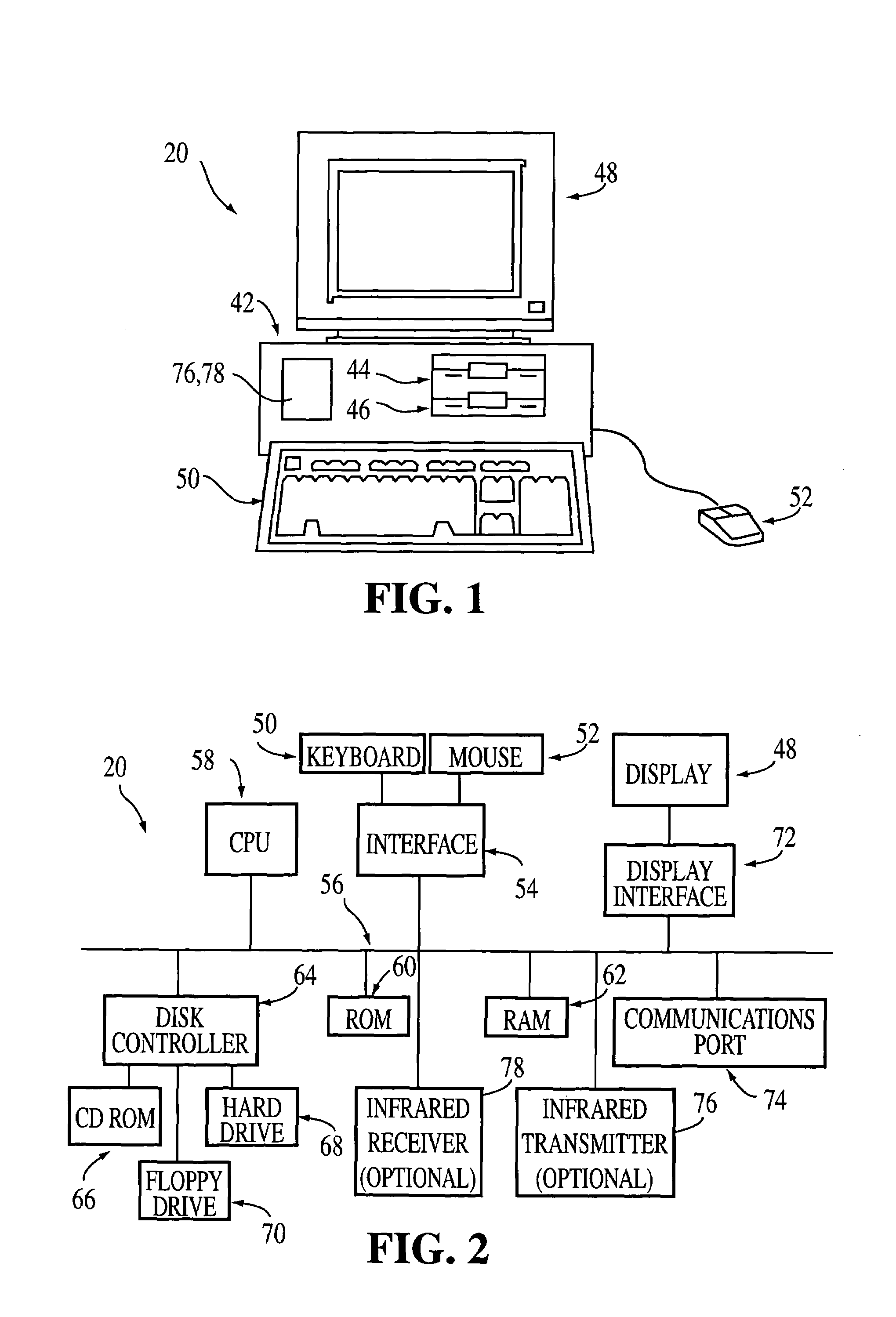Computer implemented resource allocation model and process to dynamically and optimally schedule an arbitrary number of resources subject to an arbitrary number of constraints in the managed care, health care and/or pharmacy industry
a resource allocation model and resource allocation technology, applied in the field of resource planning optimization, can solve the problems of resource allocation decisions that are typically subject to constraints, equipment, and limitations in the availability of materials, and achieve the effects of improving the performance of the computer system, reducing the amount of costly high-level process management personnel, and improving the efficiency of the resource allocation process
- Summary
- Abstract
- Description
- Claims
- Application Information
AI Technical Summary
Benefits of technology
Problems solved by technology
Method used
Image
Examples
Embodiment Construction
[0072]Resource Allocation Models are a specific application of linear, non-linear and integer optimization techniques which are used in manufacturing and transportation based industries, and more recently in the area in finance. Solving optimization models is generally known to be the most complex and difficult mathematical and computational problems.
[0073]There are four general components to the optimization model of the present invention: supply, demand, constraints and objectives. Supplies and demands can be thought of as polls of people, machines, facilities or mail order pharmaceutical claims; anything which is countable. In optimization models, supplies flow to where they are demanded. Constraints are limits placed on the flows from supplies to demanders. Constraints can also be capacities of the supplier's ability to produce or the demander's ability to accept and process. Objectives are goals or equations which take into consideration, simultaneously, all sources of supplies...
PUM
 Login to View More
Login to View More Abstract
Description
Claims
Application Information
 Login to View More
Login to View More - R&D
- Intellectual Property
- Life Sciences
- Materials
- Tech Scout
- Unparalleled Data Quality
- Higher Quality Content
- 60% Fewer Hallucinations
Browse by: Latest US Patents, China's latest patents, Technical Efficacy Thesaurus, Application Domain, Technology Topic, Popular Technical Reports.
© 2025 PatSnap. All rights reserved.Legal|Privacy policy|Modern Slavery Act Transparency Statement|Sitemap|About US| Contact US: help@patsnap.com



